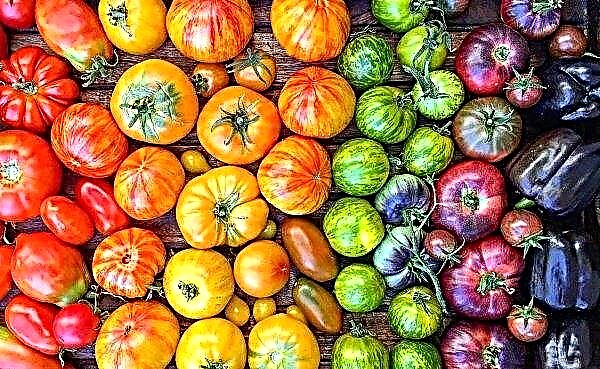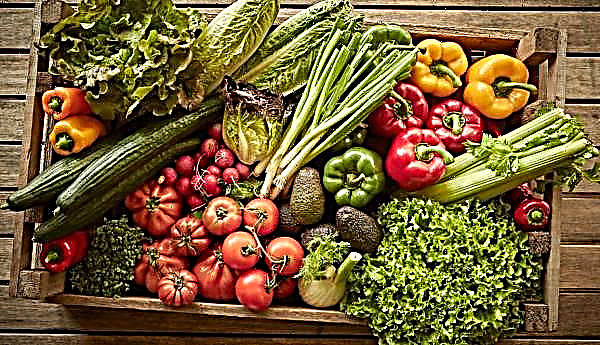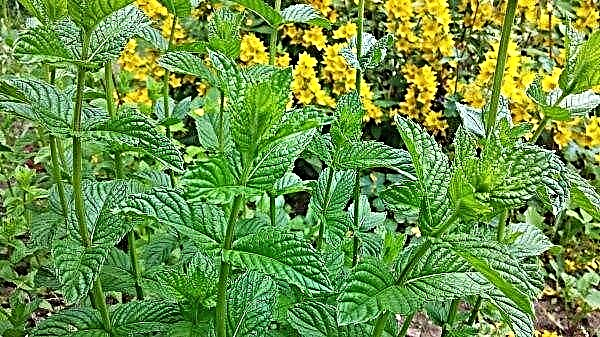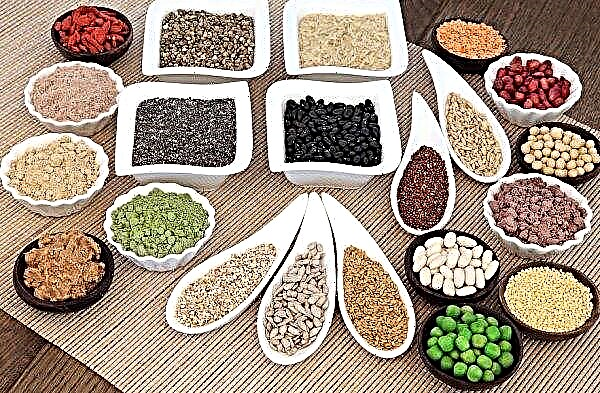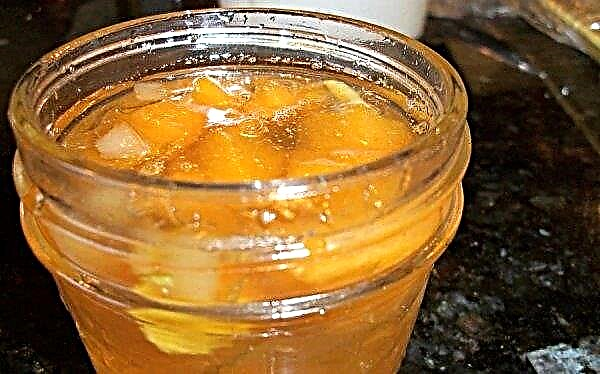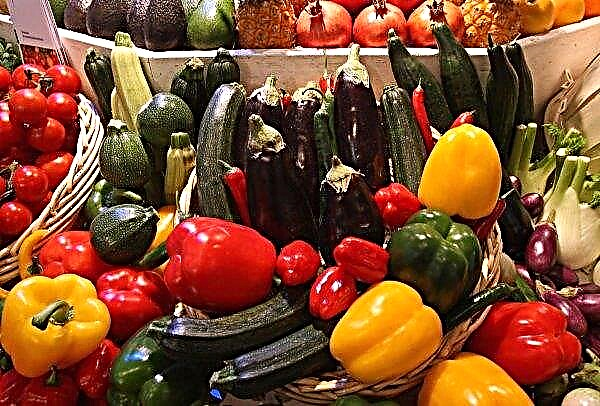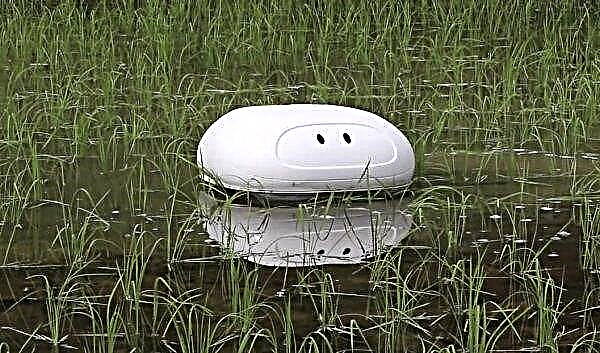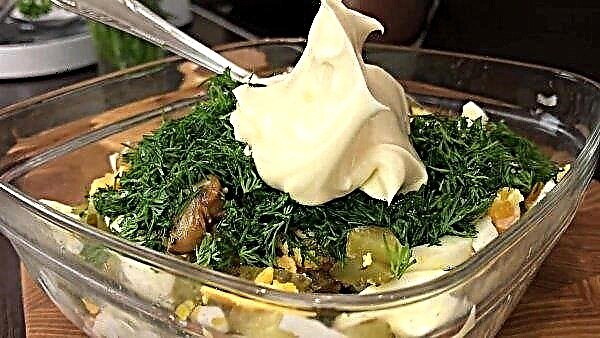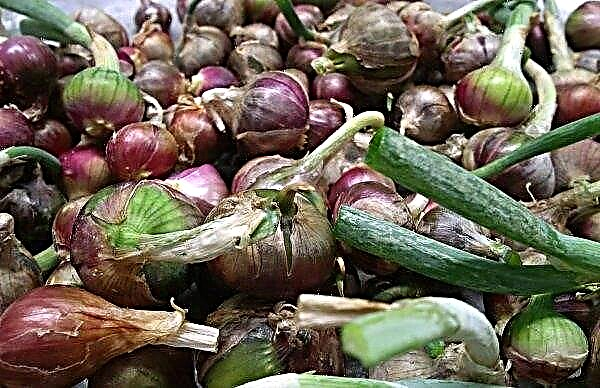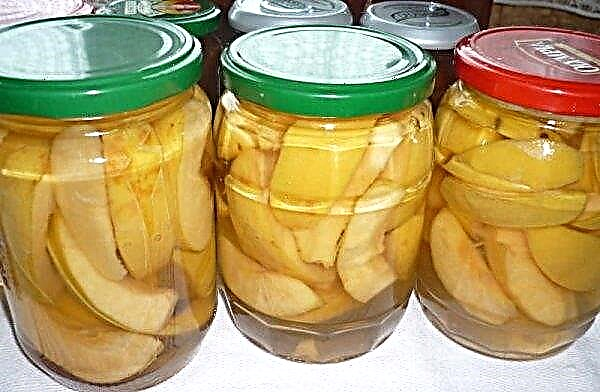When growing tomatoes, it is important to consider for what purpose the fruits will be used. Today, in addition to large salad varieties, small-fruited tomatoes, which are ideal for conservation due to their size and quality, are popular. One of these varieties is tomato Rocket, which will be discussed later.
Grade description
Tomato with the unusual name "Rocket" has excellent characteristics and qualities:
- it is a determinant, stunted plant;
- has a high yield, late ripening (115–130 days);
- the fruits have a pronounced elongated "cream" shape, red, small size;
- the pulp of tomatoes is dense, has a pronounced sweet and sour taste;
- tomatoes of this variety are well stored and transported due to the dense peel;
- the plant is highly resistant to pests and diseases.

Advantages and disadvantages
- The advantages of this variety are undeniable:
- high productivity;
- resistance to diseases characteristic of tomatoes;
- stunting, which makes it possible to grow it even at home on the windowsill;
- good keeping performance.
However, it is not without drawbacks - excessive sensitivity to fertilizers and violation of the irrigation regime.
Self-growing seedlings
Propagation of Rocket tomatoes is done by breeding seedlings with further transplanting into open ground or a greenhouse. The growing process is quite simple due to the unpretentiousness of the variety.
Sowing dates
“Rocket” seedlings begin to be planted in mid-March, approximately 60 days before landing on a permanent place.
Did you know? The world's largest tomato was grown by American farmers, the weight of the fetus was 3.5 kg.
The soil
This variety perfectly survives in almost any nutrient soil. For sowing seeds, a mixture of peat, sand, chernozem and ash is usually prepared, humus is also added. Instead of ash, you can use ready-made mineral fertilizers. Some gardeners use a ready-made soil mixture of factory production, which is also acceptable.
Capacity for growing
It is most convenient to grow tomato seedlings Rocket in cassettes, peat pots or seedling drawers:
- cassette they are containers of thin plastic, separated inside by low partitions, so when growing sprouts there is no need to dive them into separate containers;
- peat pots made from a mixture of paper and peat, great for Rocket, the advantage is that you can plant the finished seedlings in the ground without removing seedlings from the container. Glasses in a short time will decompose in the soil on their own;
- homemade box for sowing tomato seeds is the simplest and most common type of container. You can use both wooden and plastic products, the main thing is that the bottom of the box has drainage holes, and the height of the sides does not exceed 20 cm.
Important! If the soil is prepared independently, it is recommended that before sowing it is treated (poured) with a weak solution of potassium permanganate for disinfection.
Seed preparation
To ensure good germination, the seeds are subjected to a disinfection procedure before sowing. To do this, they are soaked for 15-20 minutes in a solution of potassium permanganate or fungicidal solution of industrial production. In addition to processing, it is recommended to soak the seeds in a growth stimulator for two days. Then the seeds are laid on a clean surface, covered with a damp cloth and make sure that it does not dry out. As soon as the first roots appear, the seeds are transplanted into moist soil.
Sowing seeds
To properly plant the seeds, you need to adhere to the sowing scheme:
- when planting in a single container, only 1 seed is placed in each container;
- when sowing in a common box, the seeds are placed in a furrow 1 cm deep at a distance of 3 cm from each other. At the same time, the distance between the furrows should not be less than 5 cm.

Seedling Care
A container with seeds is placed indoors without drafts, the air temperature should be +25 degrees. To preserve heat, the boxes are covered with film or glass. The soil is regularly watered as the top layer dries. As soon as the first shoots appear, the air temperature can be reduced to +22 degrees, while using additional lighting, so that the daylight hours of plants last at least 10 hours.
Important! Hardening and planting seedlings can be carried out only if there are no night frosts.
Watering seedlings is carried out with warm water as necessary, you can not allow the complete drying of the soil. Twice a month, plants are fed with prepared mineral fertilizers in the dosage specified by the manufacturer. Seedlings growing in a common container dive into separate pots as soon as two leaves appear on them.
Seedling hardening
10-14 days before the tomatoes are transplanted to an open place, they begin to harden: first, they simply open the window in the room for 15-20 minutes, then they take it out into the open air, gradually increasing the procedure time.
Planting seedlings in a permanent place
Young seedlings of Rocket are planted at the age of 60 days, that is, in May. However, the climate in which the tomato is grown should be taken into account: in regions where cold weather persists in May, it is recommended to plant this variety in greenhouses or to postpone the translation of seedlings to open ground until June.
An important step in the agrotechnology of this tomato is the selection of the site:
- to the soil, the Rocket variety is unpretentious, but it is preferable to choose a place with fertile soil. If necessary, the earth is fertilized with humus, as well as industrial fertilizers based on phosphorus and potassium;
- It is recommended to avoid areas where pepper, potatoes and other solanaceous plants were previously grown.
Did you know? Tomato is one of the vegetables that, after heat treatment, become more healthy than fresh fruits.
"Rocket" refers to low-growing varieties and tolerates planting thickening, therefore, seedlings are planted on beds with an area of 70 x 30 cm at the rate of 8 bushes per 1 square meter of beds. Some gardeners practice a denser planting, but do not exceed the number of bushes more than 10 per square meter, this can lead to shredding of fruits.
Features of outdoor care
Tomato Rocket will bring a rich harvest, subject to basic rules of care.
Watering
A feature of this variety is its high sensitivity to changes in irrigation mode. The rocket is drought-resistant, but strong drying of the soil must not be allowed (optimal soil moisture should be 85%). You need to water the tomatoes regularly, but infrequently, as the topsoil dries. Watering is carried out with warm water, strictly under the root, in the early morning or evening.
Top dressing
A tomato of this variety actively reacts to top dressing, so you need to carry them out without abusing, adhering to the standard scheme: for the first time fertilize the soil 14 days after transplanting, then when the first inflorescences appear, and the third time at the fruit ripening stage.
Usually it is recommended to alternately apply organic matter and mineral fertilizers, apply cow dung or bird droppings, as well as ready-made mineral complexes. Fertilize under the root of the plant at the same time as watering.
Shaping and tying a bush
A distinctive feature of tomato Rocket is short stature and weak formation of stepsons, so there is usually no need to remove them if they do not interfere with the growth of the bush. Tying is also not necessary for these tomatoes, the exception is the bushes that gave a rich harvest: if the plant is overloaded, you need to tie the brushes with the fruits to the vertical stakes.
Soil care
"Rocket" does not require special soil care, fairly standard procedures:
- weed weeding;
- loosening of soil around shrubs (this contributes to soil aeration and proper distribution of moisture);
- hilling of bushes is carried out regularly, often combined with loosening, it allows to better develop the root system of the bush;
- mulching the soil is desirable for plants, this helps protect the root system from drying out, from the entry of pathogenic bacteria. Typically, straw, plucked weeds or tops are used as mulch. If the planting is very dense, mulching can be problematic, in which case you can do without this procedure, while strictly monitoring the condition of the soil under the bushes.
So, this tomato due to its stability and unpretentiousness is able to bring a rich and stable crop, subject to the general rules of agricultural cultivation.

